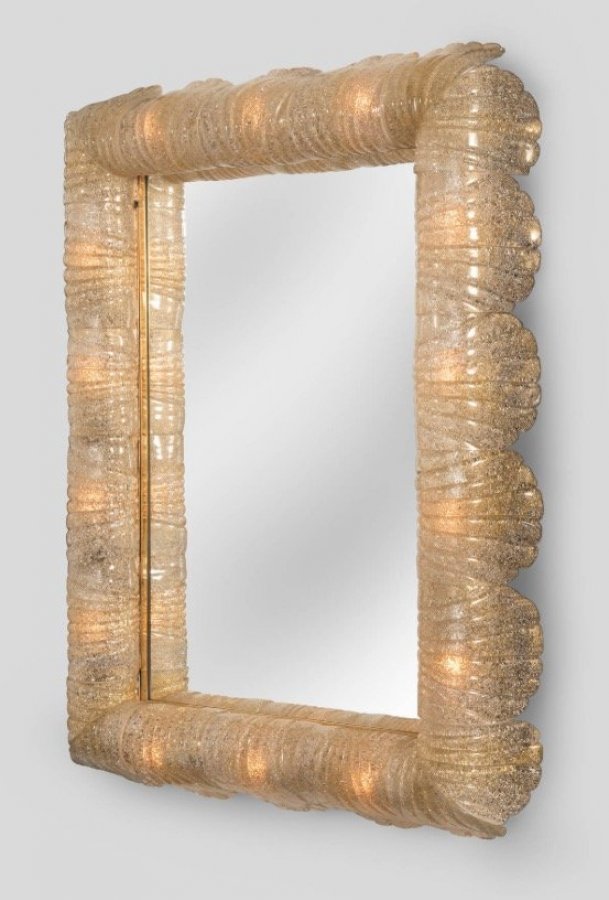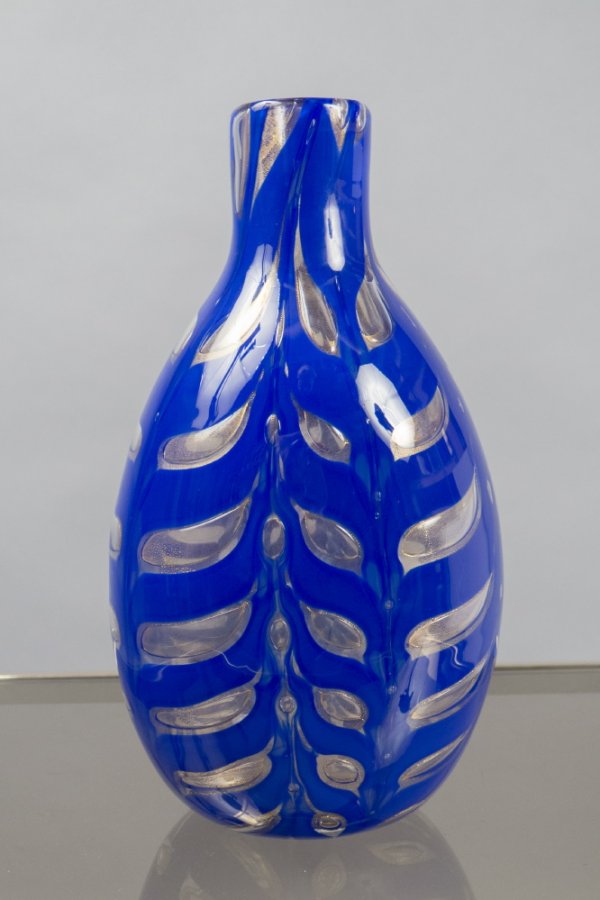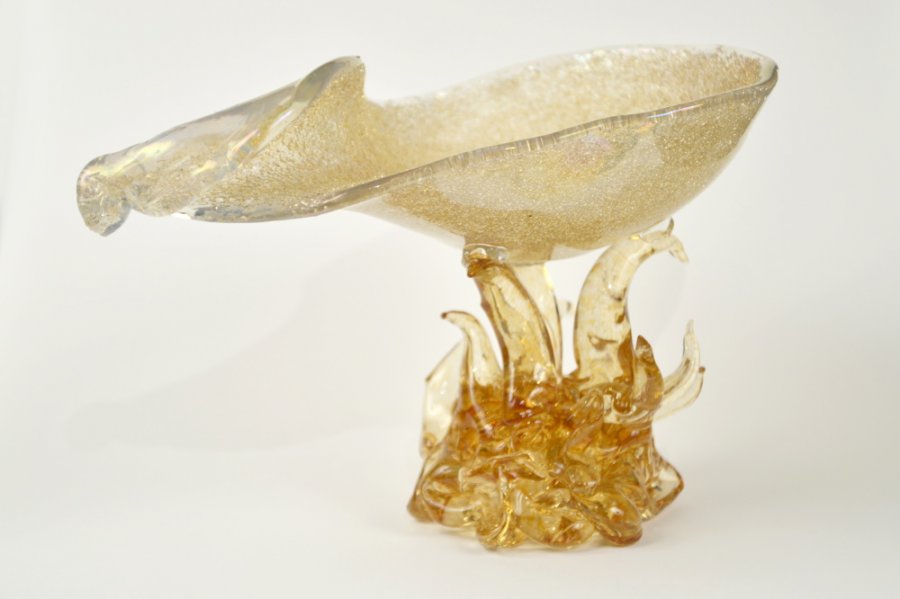Barovier & Toso
The prestige associated with the name of Barovier & Toso rests on more than 700 years of carefully guarded craft secrets passed down the generations, making this family business one of the oldest in the world. Barovier & Toso truly lives its legacy, keeping ancient techniques alive through daily practice. The Barovier dynasty - and much of Murano’s renown - is indebted to Angelo Barovier, a Renaissance glass artist credited with the creation of cristallo glass. This glass was so clear and without corrosion that is was considered a marvel of the time, documented in the details of paintings by Tintoretto, Giorgione, Caravaggio and Titian, and preserved in museums worldwide. In 1455, the Venetian Republic granted Angelo exclusive rights to the production of his immaculate glass. Angelo’s experiments also led to the creation of artificial gems and pearls with the help of his chemist friend and collaborator, Paolo da Pergola. Preceding Angelo’s inventions, Murano glass largely consisted of articles for daily use. Angelo presented a radical change that would establish Murano as the epicenter for European luxury glassmaking for centuries to come. Angelo was soon invited to the Sforza and Medici courts, but never made it to Florence before his death in 1460. The strength of the reputation he built is attested to by Barovier’s survival during the rising competition of the Baroque years as well as Napoleon’s occupation and toppling of the Venetian Republic (1797). By the time of Venice’s 1866 liberation, Benedetto, Benvenuto & Guiseppe, three sons of the Barovier line, were poised to reopen in a new spirit of collaboration that defines their style to this day, inviting sculptors, painters, designers and architects to create together.
Ercole, Benedetto’s son, then became the artistic director for most of the 20th century, reestablishing the company as Vetrevia Artistic Barovier & C after the First World War. Ercole distinguished himself as an ingenious designer and entrepreneur with an enthusiasm for research comparable to his predecessor, Angelo. Ercole developed unreproducible, enigmatic techniques, further cultivating the legend of Barovier. In 1936, Ercole decided to join forces with SAIAR Ferro Toso. The Tosos are an equally established glassworks family, particularly involved with the 19th century rebirth of Murano glass, with whom Ercole found a fruitful partnership. In 1980, Ercole’s son, Angelo took the business in a more contemporary direction while continuously looking to the vast archives that are the Barovier legacy. Since 2008, Angelo’s son, Jacopo, has served as CEO, focusing on expanding the reputation for luxury lighting and chandeliers established by his father’s creation of an acclaimed chandelier for the King of Saudi Arabia. Barovier & Toso’s longevity over the centuries is largely due to their ability to adapt to evolving conceptions of beauty, whether it be the purity of the original cristallo during the Renaissance, the exaggerated voluptuousness of the Baroque, or the modern taste for minimalism.
Ercole, Benedetto’s son, then became the artistic director for most of the 20th century, reestablishing the company as Vetrevia Artistic Barovier & C after the First World War. Ercole distinguished himself as an ingenious designer and entrepreneur with an enthusiasm for research comparable to his predecessor, Angelo. Ercole developed unreproducible, enigmatic techniques, further cultivating the legend of Barovier. In 1936, Ercole decided to join forces with SAIAR Ferro Toso. The Tosos are an equally established glassworks family, particularly involved with the 19th century rebirth of Murano glass, with whom Ercole found a fruitful partnership. In 1980, Ercole’s son, Angelo took the business in a more contemporary direction while continuously looking to the vast archives that are the Barovier legacy. Since 2008, Angelo’s son, Jacopo, has served as CEO, focusing on expanding the reputation for luxury lighting and chandeliers established by his father’s creation of an acclaimed chandelier for the King of Saudi Arabia. Barovier & Toso’s longevity over the centuries is largely due to their ability to adapt to evolving conceptions of beauty, whether it be the purity of the original cristallo during the Renaissance, the exaggerated voluptuousness of the Baroque, or the modern taste for minimalism.


